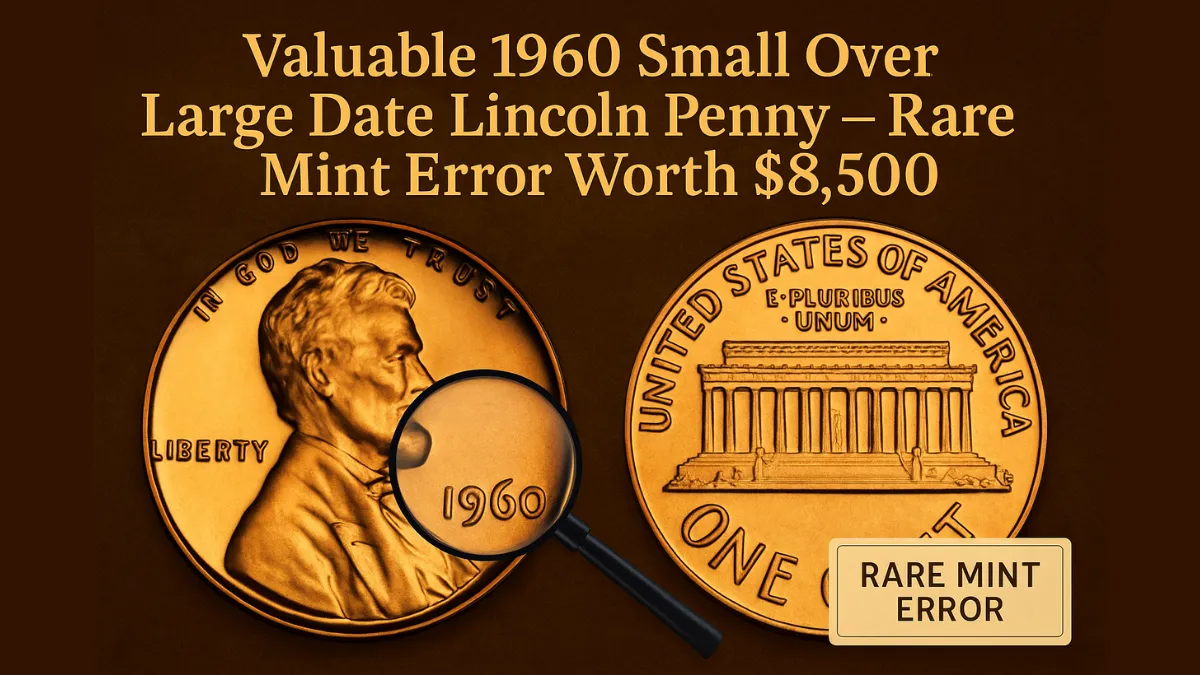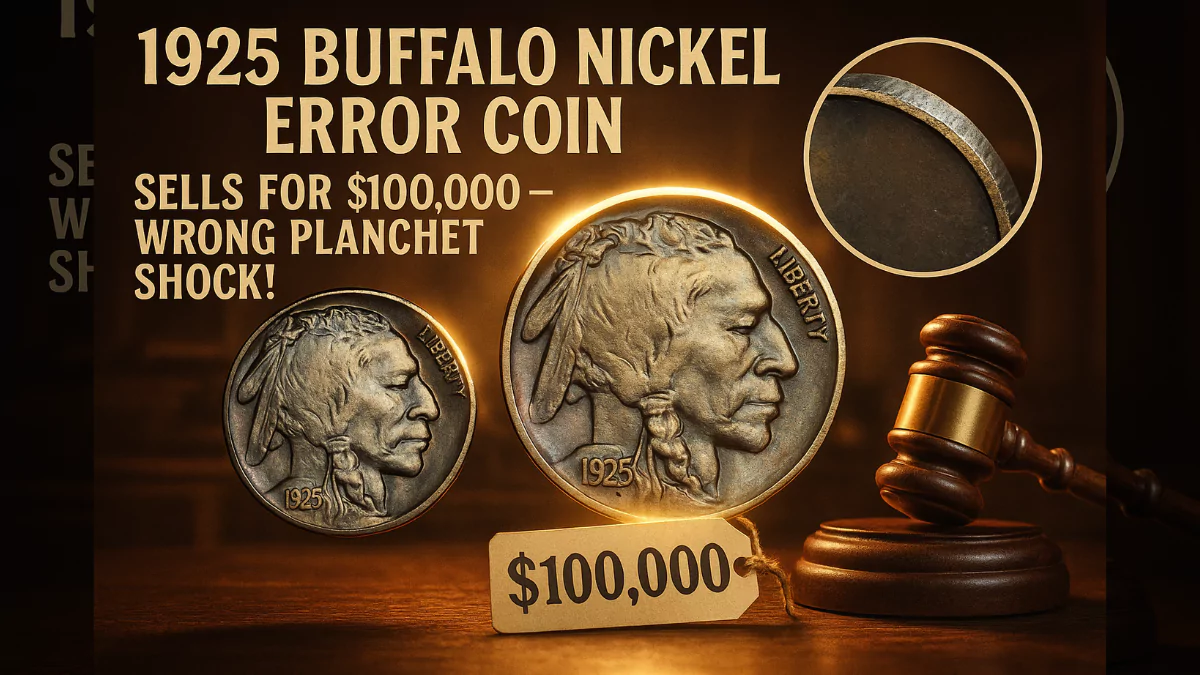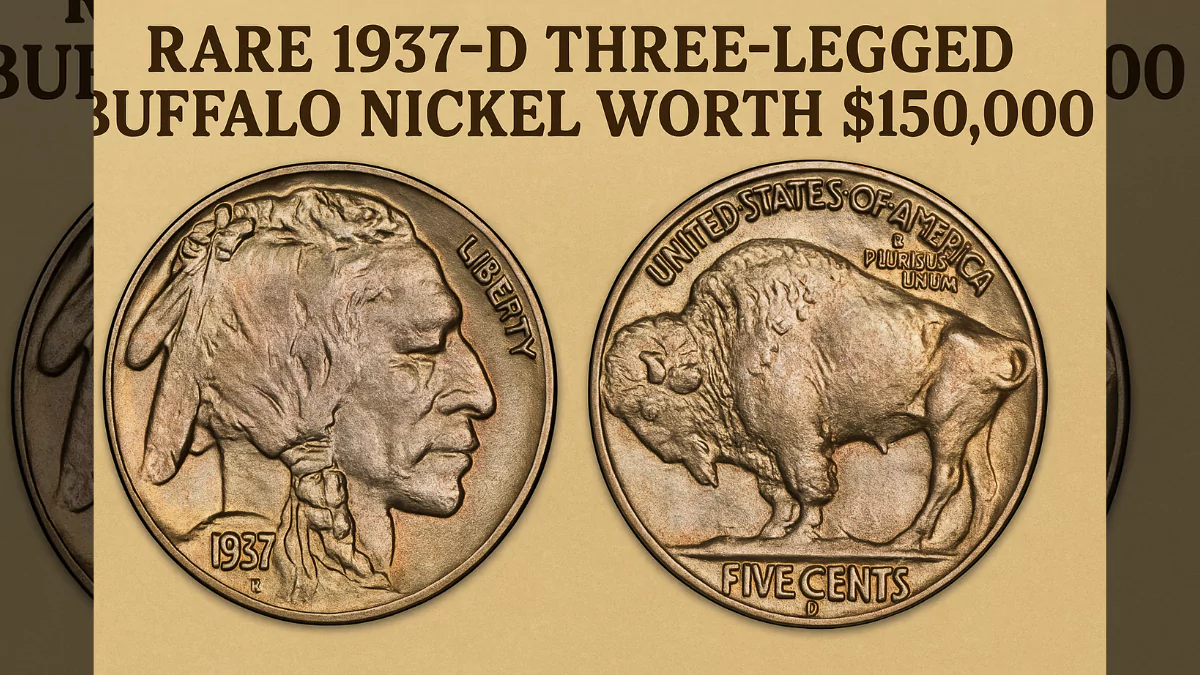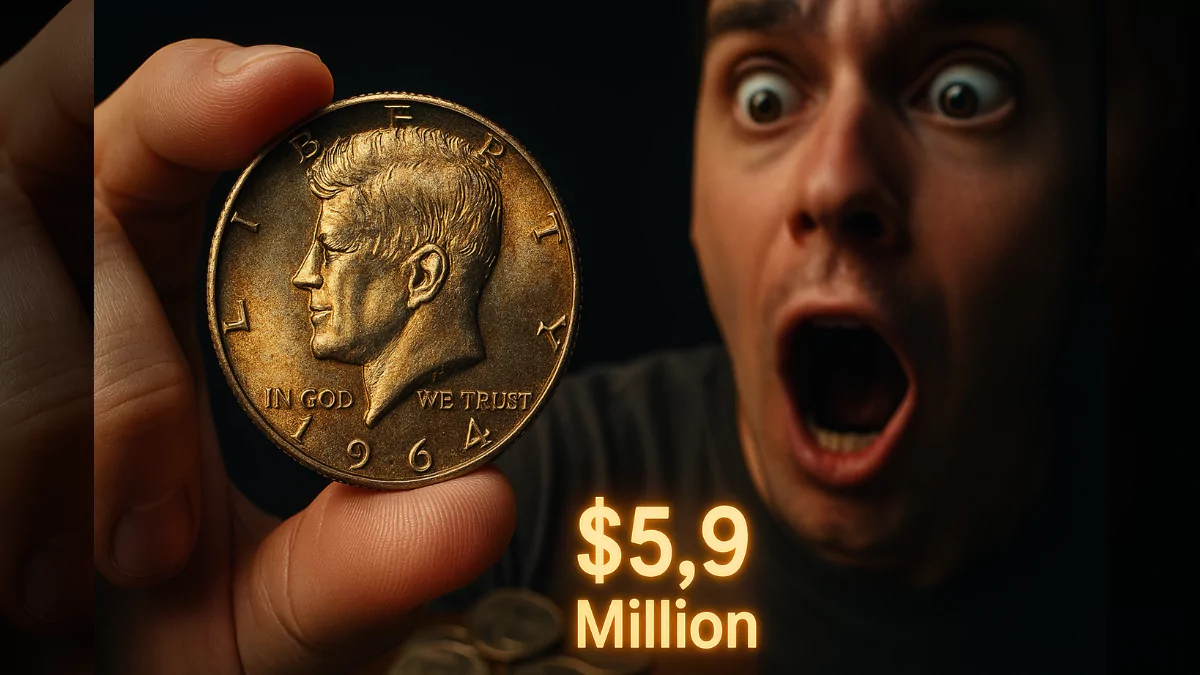Let’s dig into the fascinating world of the 1960 penny! We’ll explore its value, the key factors that influence it, and the unique history and design that make this coin interesting. We’ll even cover some of the rare mint errors collectors love.
Curious to learn more? Let’s jump in!
1960 Penny Value Chart
(Approximate values for coins graded Red (RD) business strikes)
| Mint mark and variety | MS63 | MS65 | MS67 |
|---|---|---|---|
| 1960 (P) No Mint Mark Large Date | $4 | $14 | $375 |
| 1960 (P) No Mint Mark Small Date | $6 | $27 | $525 |
| 1960 D Large Date | $8 | $16 | $475 |
| 1960 D Small Date | $10 | $20 | $340 |
| PR60 | PR65 | PR69 | |
|---|---|---|---|
| 1960 (P) No Mint Mark Large Date Proof | $5 (Cameo $7, Deep Cameo $8) | $17 (Cameo $28, Deep Cameo $40) | $160 (Cameo $325, Deep Cameo $2,650) |
| 1960 (P) No Mint Mark Small Date Proof | $6 (Cameo $8, Deep Cameo $12) | $20 (Cameo $50, Deep Cameo $75) | $625 (Cameo $650) |
History of the 1960 Penny
The 1960 Lincoln cent marked just the second year of the Lincoln Memorial reverse design. It features a depiction of the Memorial, where if you look closely, you can spot Lincoln’s statue between the columns — making it one of the few U.S. coins to display the same individual on both sides.
The reverse design was created by Frank Gasparro, who was the Mint’s Assistant Engraver at the time. Gasparro later became Chief Engraver, a post he held for nearly 16 years.
Over 2 billion pennies were struck that year, with the majority coming from the Denver Mint. Both the Denver and Philadelphia Mints produced two varieties: Large Date and Small Date.
The Lincoln Memorial reverse stayed on the penny for 50 years until 2009, when it was replaced with a design celebrating Abraham Lincoln’s 200th birthday — the Union Shield, which is still in use today.
Features of the 1960 Penny
The Obverse of the 1960 Penny
The front (obverse) of the 1960 penny features the classic portrait of President Abraham Lincoln, originally designed by Victor David Brenner in 1909. Brenner’s initials “VDB” were removed from the reverse after complaints about their prominence but were later placed subtly on Lincoln’s shoulder in 1918, where they remained.
The obverse also includes the motto “IN GOD WE TRUST” at the top, “LIBERTY” on the left, and the date on the right. Coins minted in Denver bear a small “D” below the date; Philadelphia coins have no mint mark.
The Large Date and Small Date varieties are distinguishable by the proportions of the “9” and “6” in the year. The Large Date has taller numerals compared to the Small Date.
The Reverse of the 1960 Penny
The reverse side highlights the Lincoln Memorial, with “UNITED STATES OF AMERICA” arching along the top edge. The words “ONE CENT” are boldly inscribed at the bottom, while the Latin phrase “E PLURIBUS UNUM” sits above the Memorial image, signifying unity from diversity.
Other Features of the 1960 Penny
These pennies were composed primarily of bronze, consisting of 95% copper and 5% tin and zinc. Starting in 1962, tin was phased out, and the composition shifted slightly to a copper-zinc alloy (brass).
Each coin weighs 3.11 grams and has a diameter of 19 millimeters. Copper coins range in color from bright red (freshly minted) to deep brown (oxidized over time). The color plays a major role in value, with “red” coins usually commanding the highest prices.
1960 Penny Grading
| Grade | Description |
|---|---|
| 1 | Basal State |
| 2 | Fair |
| 3 | Very Fair |
| 4-6 | Good |
| 7-10 | Very Good |
| 12-15 | Fine |
| 20-30 | Very Fine |
| 40 | Extremely Fine |
| 50 | About Uncirculated |
| 60-70 | Mint State |
Accurate grading is key to determining your coin’s worth. Professional coin grading services provide the most reliable assessment.
1960 Penny Value Guides
1960 No Mint Mark Penny Value (Large Date)
Philadelphia produced over 586 million large date pennies in 1960. While the bulk of these coins hold only face value today, red examples in higher mint states can be worth more. For instance, an MS65 red penny might be worth around $14, and MS67 examples can fetch around $375. Only two MS67+ coins are known, each valued around $8,750.
1960 No Mint Mark Penny Value (Small Date)
Fewer small date pennies were minted, making them slightly more desirable to collectors. An MS65 red small date penny is valued at roughly $27, and an MS67 can reach around $525. Seven coins have earned an MS67+ rating, estimated at $10,000 apiece.
1960 D Penny Value (Large Date)
Denver struck over three times as many pennies as Philadelphia that year. Red coins graded MS63 start around $8, and MS65 coins can reach $16. Top-grade MS67 coins are valued around $475.
1960 D Penny Value (Small Date)
More small date varieties from Denver survived compared to the large date version, which makes lower-grade examples slightly more valuable. MS63 examples start at $10, and MS67 red coins can fetch around $340. The rarest MS67+ examples are worth up to $4,000.
1960 (P) Proof Penny Value
The Philadelphia Mint also struck around 1.7 million proof pennies in 1960. These collector coins come in both large and small date varieties and are further graded by finish: standard, cameo, and deep cameo.
Proofs can range from $5 to over $2,650, depending on condition and rarity. Small date deep cameos, for instance, can command substantial prices, especially in high grades like PR69.
Rare 1960 Penny Error List
1960 D Over D, Small Over Large Date Penny, Repunched Mint Mark
A notable error involves a repunched Denver mint mark (D over D) and a small date design being struck over a large date die. These errors are worth considerably more than regular pennies, even at lower grades. For example, a red MS66 example can fetch up to $1,375.
1960 (P) Small Over Large Date Proof Penny, Repunched Mint Mark
Proof coins from Philadelphia also experienced similar hubbing errors, resulting in small-over-large or large-over-small date varieties. Depending on the grade and finish, values can range from $50 at PR60 to over $8,500 for the finest known examples.
Where to Sell Your 1960 Penny
Once you know your coin’s value, the next step is finding the right platform to sell it. Options range from online marketplaces and auctions to local dealers. Comparing fees, reputation, and customer reviews will help you select the best option for a smooth sale.
FAQs
How much is a 1960 penny worth with a large date?
The value largely depends on its color, condition, and mint mark. Brown and red-brown examples usually hold face value unless there’s a rare error. Red coins in higher mint states can be worth between a few dollars and several hundred, especially if minted in Denver.
Which years of pennies are valuable?
Almost any year can yield valuable coins if they are in mint condition, particularly red examples. Rare errors can also boost a coin’s worth significantly, with some commanding prices into the thousands.




Love